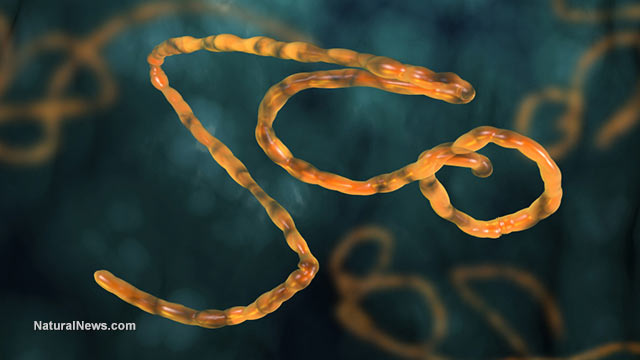| Online: | |
| Visits: | |
| Stories: |

| Story Views | |
| Now: | |
| Last Hour: | |
| Last 24 Hours: | |
| Total: | |
Evidence Shows MIT Had Cure For Ebola Back In 2011

Jonathan Benson
(NaturalNews) A major breakthrough out of MIT (Massachusetts Institute of Technology) shows incredible promise as a cure for virtually every kind of viral infection known to man. But the mainstream media has chosen to stick with hype, fear and, more recently, the ominous threat of martial law when it comes to dealing with alleged viral threats like H1N1 and Ebola.
Scientists from the school’s Lincoln Laboratory basically came up with a method of targeting viruses that destroys infected cells while leaving healthy cells unharmed, similar to how antiviral nutrients function. But here’s the kicker: The discovery was made in 2011, three years before the current Ebola outbreak, though it hasn’t received any media attention whatsoever.
Published in the journal PLOS ONE, a groundbreaking study on this novel therapeutic explains how existing antiviral medications are scarce, and many of them largely ineffective. Viable treatments for the common cold, for example, are practically nonexistent, while newer diseases like SARS are regarded by public health officials as basically untreatable.
“In theory, it should work against all viruses,” stated Todd Rider, a senior staff scientist from the Lincoln Laboratory’s Chemical, Biological and Nanoscale Technologies Group and inventor of the technology, to MIT News.
DRACOs tell virus-infected cells to kill themselves
So what is this mysterious technological advancement? The paper calls them DRACOs, which is short for Double-stranded RNA Activated Caspase Oligomerizers. In essence, it is a substance that induces apoptosis, or cell death, in cells containing viral dsRNA, the double-stranded RNA produced by viruses for the purpose of replication.
Human cells are naturally pre-programmed to create special proteins that destroy these dsRNA strands, but viruses can mutate to outsmart and bypass this safeguard. This is where DRACOs come in, adding an additional protein into the mix that triggers apoptosis in infected cells. This combined approach is not only effective against virtually all tested viruses, but it also eliminates the possibility of viral resistance.



